Here is the reality of dollarisation, the reshaping of energy and trade corridors.
Here is the reality of dollarisation, the reshaping of energy and trade corridors.
Adem Kılıç, Political Scientist / Author
Hosted by China, the Shanghai Cooperation Organization Summit had a mission beyond being merely a regional security meeting, unlike previous summits.
The summit drew attention as the most explicit challenge to the Western-centric global order established after the Second World War and a clear sign of the process of its dissolution.
Undoubtedly, the world has long been witnessing developments that push the boundaries of a unipolar architecture, and in particular, the Russia-Ukraine war, the Gaza crisis, the Taiwan tension and the sanctions policies imposed by the West have revealed that the hegemonic order established by the US and the European Union is no longer sustainable.
The Shanghai Summit stood out as the most concrete expression of this rupture and declared that the developments taking place in the world meant that a unipolar world was no longer sustainable.
The gathering of countries with high global influence, such as China, Russia, India, Türkiye, North Korea, and Pakistan, around the same table served as a powerful challenge to the paradigm of supremacy that Washington had maintained for decades.
In particular, the emphasis on ‘the end of the multipolar world order’ in the summit’s final communiqué confirmed the emergence of a new international understanding against the rules’ system unilaterally imposed by the West.
The weakening hegemony of the US and the future of the dollar
Although the summit contained these global messages, it undoubtedly served as a strategic message to the US above all else.
Washington had been using the dollar as a financial weapon for decades to exert pressure on the global economy, and the second Trump term in particular began to be recorded as a period in which the policy of using the dollar as a weapon was ‘exaggerated’ by the US.
Trump’s reintroduction of so-called protectionist policies, the tariffs he imposed, and his financial threats against both ‘enemy’ and ‘ally’ countries further encouraged the members of the Shanghai Cooperation Organization, particularly China and Russia, to establish their own economic networks.
In this vein, one of the most critical decisions taken at the summit was to promote trade in local currencies.
At the summit, China, Russia, India and Iran agreed to establish their own payment systems for trade in energy, food, defense and technology, and this decision was declared in the summit’s final communiqué.
At this point, this step taken by these countries, which account for 40 percent of the world’s population and 42 percent of its mineral reserves, has the potential to fundamentally shake the petrodollar system in the long term.
This is because the West’s financial centers are no longer without alternatives, and the Shanghai Cooperation Platform has the potential to become the new center of attraction for global capital flows.
The rising influence of the Global South
Another noteworthy aspect of the Shanghai Summit was the accelerating mobilization of the Global South.
The summit revealed that the issue is no longer solely about the leadership of China and Russia, but also about a growing movement from Pakistan, India, Iran, Central Asian countries and the Middle East that wants to act against the West.
Countries such as Saudi Arabia, the United Arab Emirates and Egypt showed interest in the Shanghai Platform, while Central Asian countries and Türkiye, as well as Serbia and African countries such as Ethiopia and Nigeria, began to join the process.
This picture clearly showed that non-Western countries were beginning to establish their own institutional networks.
Asian, African, Central Asian and Middle Eastern countries, which for many years were bound to the development model established by the West, are now devising their own economic, energy and security strategies independently of the West and appear to be declaring this openly.
In all these respects, the Shanghai Summit has gone far beyond being a security platform and has laid the groundwork for a new global solidarity architecture.
The reshaping of energy and trade corridors
One of the most strategic topics highlighted at the summit was the redefinition of energy security and logistics routes.
According to information reflected in the summit’s final communiqué, China’s Belt and Road Initiative, Russia’s energy supply strategies and Central Asia’s rich resources were integrated under a single umbrella.
In order to limit the influence of sea routes controlled by the West, it was decided to strengthen new energy corridors extending to Europe via land and rail routes, a situation that directly concerns Türkiye as well as the countries in the region.
This is because both the Caspian and Zangezur Central Corridor energy and logistics routes necessitate that the main transit routes connecting Central Asia and Europe pass through Türkiye.
A broad infrastructure perspective, ranging from the Zangezur Corridor to the logistics projects of the Turkic Council, will reveal Türkiye’s weight in Eurasia’s energy and trade balances over the next decade.
Türkiye’s move to establish its own axis
As is well known, Türkiye is not a full member of Shanghai. However, it is at the table as a dialogue partner, and this position, although seemingly simple on paper, gives Türkiye considerable room for maneuver.
Türkiye’s foreign policy approach, which is neither entirely aligned with the West nor the East, reveals a reality based on building its own strategic axis by maintaining bridges with the West and establishing parallel relations with the rising blocks of the East.
This new balance of power has three fundamental dimensions. Firstly, Türkiye is now pursuing a multi-faceted foreign policy and, despite being a NATO member, is not fully dependent on Washington like European countries. By aligning itself with platforms such as Shanghai and BRICS in line with its own interests, it is sending the message that it is not ‘without alternatives’ to the West.
Secondly, Türkiye is becoming an increasingly critical hub in energy corridors. Located at the intersection of East-West energy routes, Ankara is consolidating its position as a key transit country for both Caspian and Middle Eastern projects.
Thirdly, Türkiye is gaining bargaining power with the West on numerous issues, ranging from the Eastern Mediterranean to Syria, the Caucasus and its role in NATO.
The Shanghai and BRICS cards open up a broader diplomatic space for Ankara on issues such as the Gaza crisis, Syria policy, Eastern Mediterranean energy sharing and the Caucasus equation.
Conclusion
The Shanghai Summit clearly shows that the unipolar, Western-centric order is coming to an end and that a new multipolar world order is rapidly being built.
On the other hand, while the world challenges the US-centered unipolar order, Türkiye declares its own axis in this process, showing that it is neither entirely in the Western axis nor entirely in the Eastern bloc, and declares its independence in the global equation.
While maintaining its NATO membership, Ankara is deepening its relations with Asia-centered platforms such as Shanghai, BRICS and the Belt and Road Initiative, and is now playing a more decisive role at the table where global politics is shaped by establishing multi-layered partnerships that will increase its energy, defense and financial independence.
Türkiye is now emerging from the classic ‘either West or East’ dilemma and becoming an actor that builds its own strategic architecture. This strategy reveals that Türkiye will become not only a regional power in the coming period, but also a global geopolitical game changer.



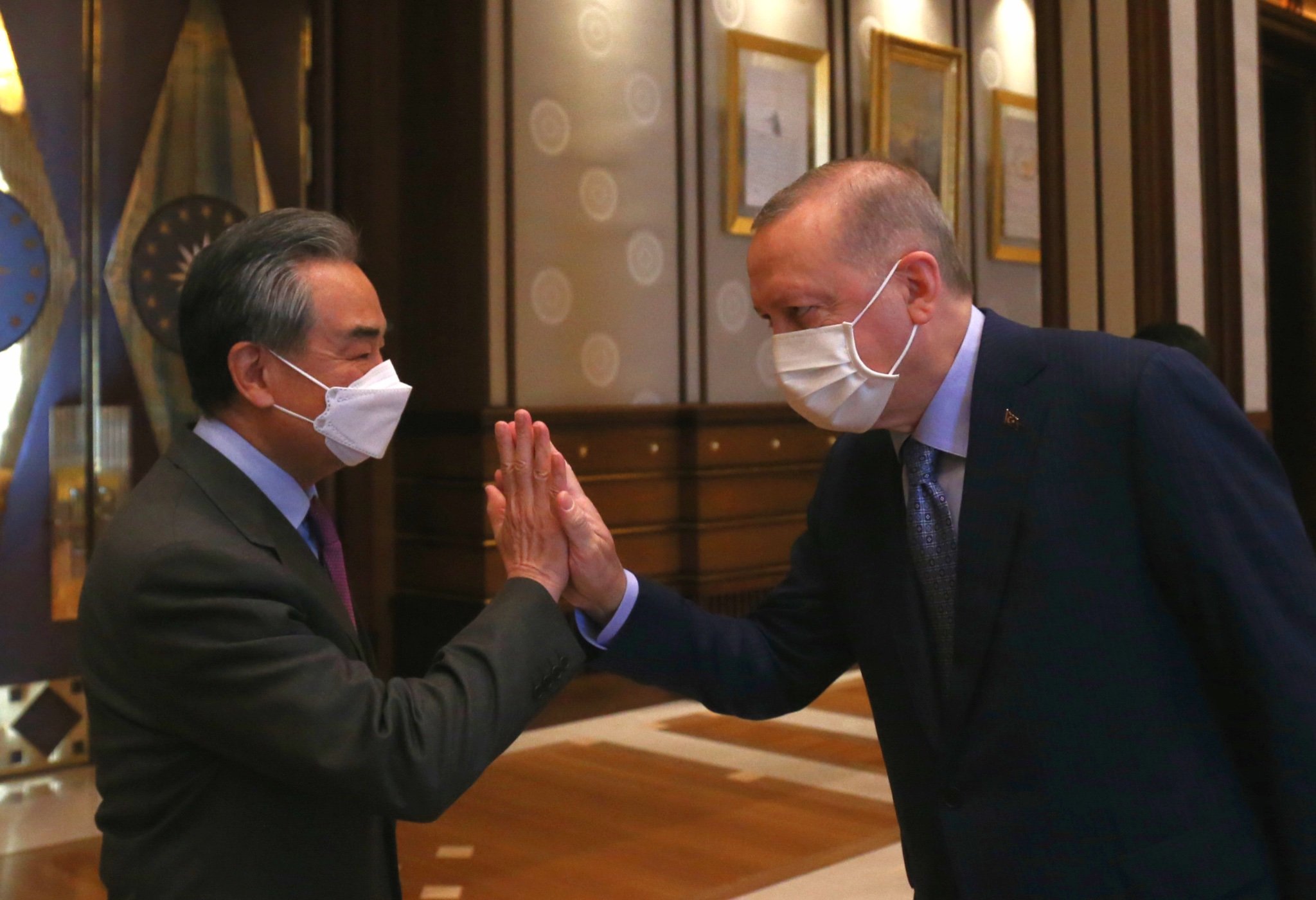



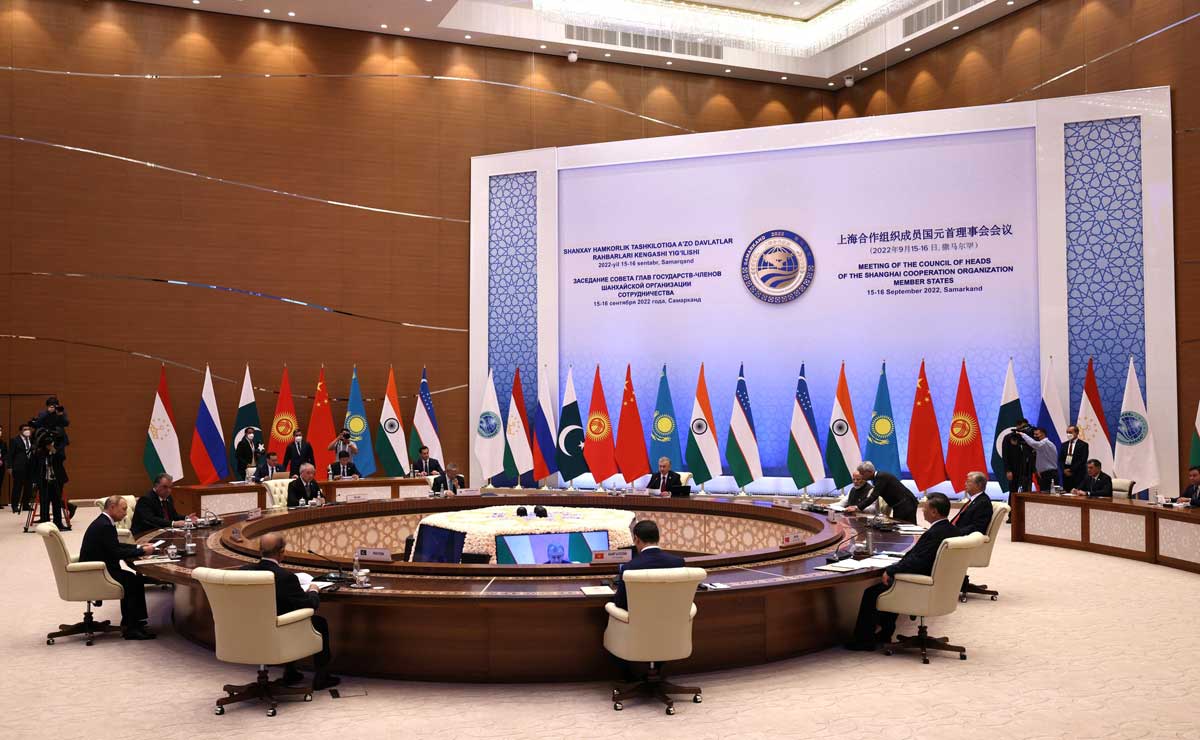
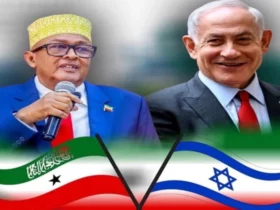
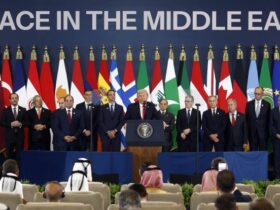


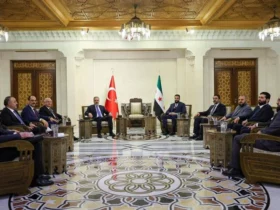



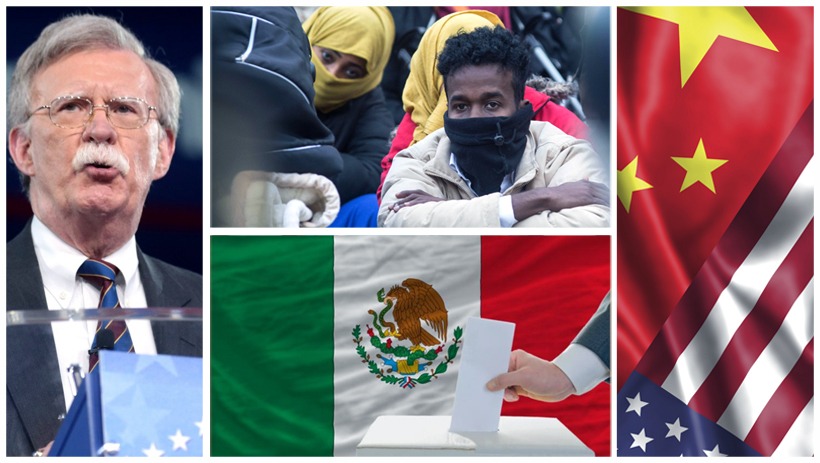
Leave a Reply